I Survived ‘Blonde Blindness’ for 20 Years, Before Going ‘Bronde’—Here’s How to Find Your Signature Shade
Blonder isn't always better

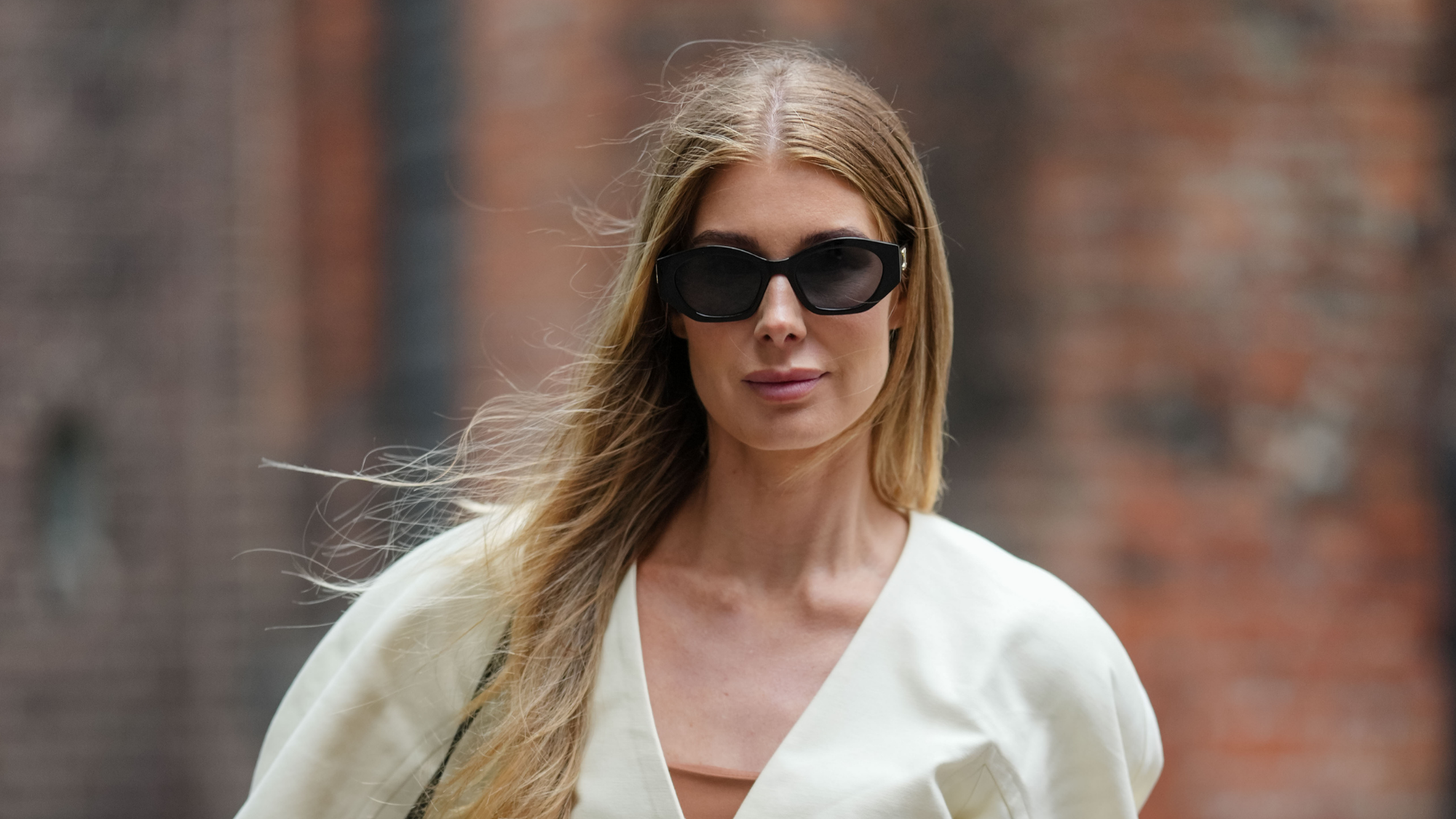
"I want to be as blonde as Draco Malfoy," were the words that used to leave my mouth at hair appointments back in the day. I was obsessed with achieving the brightest, iciest, cool-toned, bleach blonde hair, and each appointment, I'd want more. The funniest thing about this all, however, was that even at the time, I wasn't sure it looked good on me. I was just caught in an ongoing loop that meant I was scared to try anything different or return to my 'dreaded' natural colour, which I thought was boring.
When I was in my twenties, there was something about being mega-blonde that I considered synonymous with feeling attractive and confident. But that's so out of tune with how I feel today.
Of course, bright blonde hair can look amazing on the right person, but some of us become 'blind' to what actually works for us. In fact, the blonde blindness trend took over TikTok this year, with many users sharing their before-and-after images, which chart their journey to discovering their perfect shade, be it bright, icy and cool-toned or warm and slightly deeper.
It took me a long time to realise I liked my colour a little more blended with natural-looking bronde tones. While I felt very cool and vibrant with my super-bleached hair, I was experiencing excess damage (leading to lack of growth and hair loss), and looking at pictures now, I can see that a deeper shade brings out the colour in my eyes and cheeks better. It also just feels a touch more 'grown-up'; now in my thirties, it suits my style more. So, here's how I discovered what looked good and how you can too, if you're currently unhappy with your current colour.
What is 'blonde blindness'?
"Blonde blindness tends to happen when someone has been blonde for a while and they lose perspective on how light they are—or they become slightly obsessed with the tone being either too cool or too warm," explains Christel Barron-Hough, founder of STIL salon. Particularly if you use bleach on its own or paired with tints (such as the ones used in highlights), you may find yourself wanting to go blonder and blonder each time. It's a similar phenomenon to over-filling lips or other areas of the face with injectables: the more we get done, the less we remember our starting point for means of comparison.
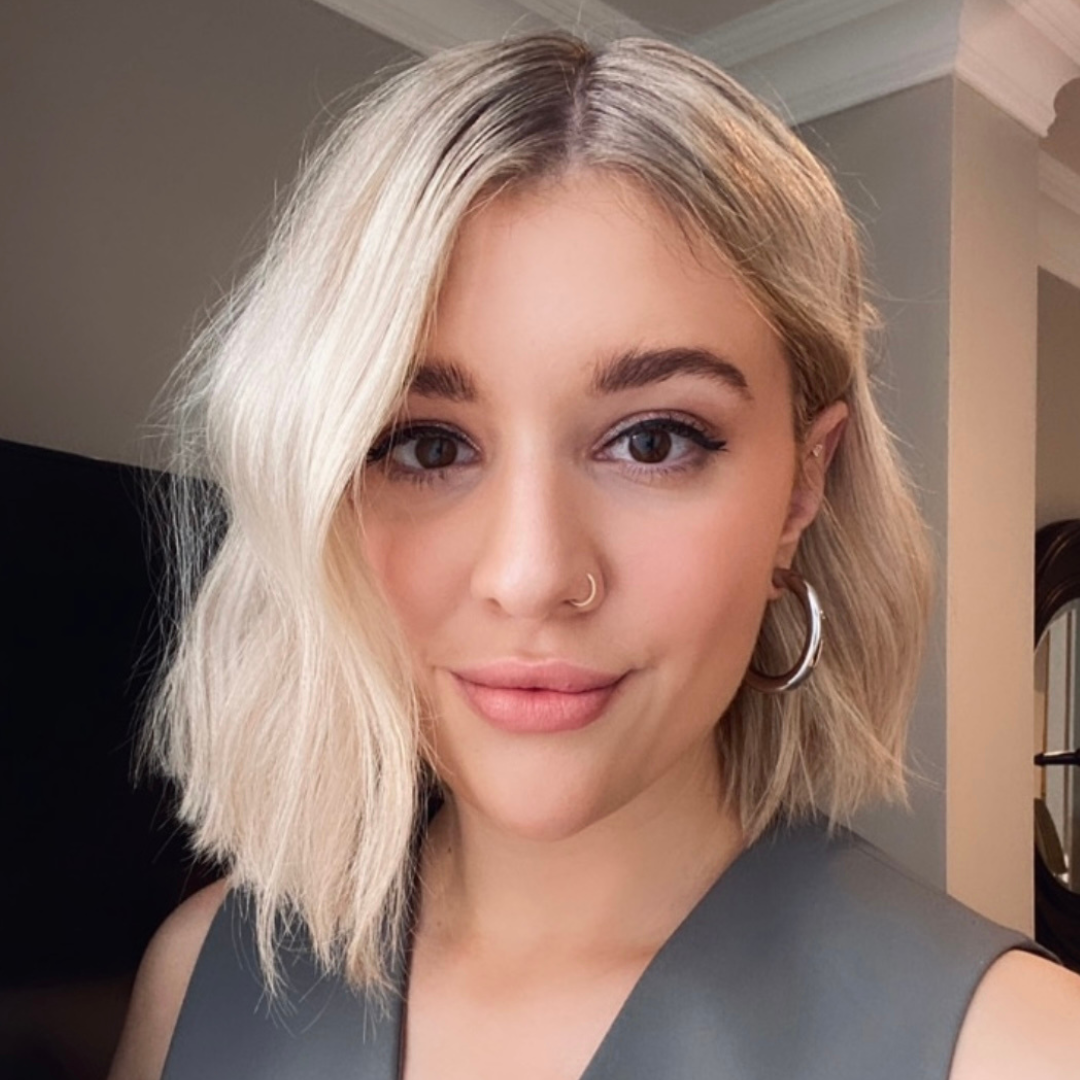
"Beauty as we know it today is often about enhancing the natural complexion and eye colour, so that your hair colour works in harmony with your overall appearance," continues Barron-Hough. "As a result of this shift, blonde blindness is something clients are far more conscious of now than they were a few years ago, as they are aware of when their hair colour might become out of sync with their features."
How to tell if you have blonde blindness
My blonde 'blindness' became apparent to me when I started to prioritise hair and scalp health. Being consistently reliant on heavy bleach meant that my hair could never really grow, and was usually dry and brittle. About 18 months ago, I decided I wanted to make a concerted effort to improve its condition and grow my bob out. I knew the only way to do this realistically was to colour my hair less, and so I started the process of growing out my icy blonde look, and adding in more natural-looking balayage tones. I thought I'd hate it, but the darker I went, the more I realised how much it suited me.
Celebrity news, beauty, fashion advice, and fascinating features, delivered straight to your inbox!
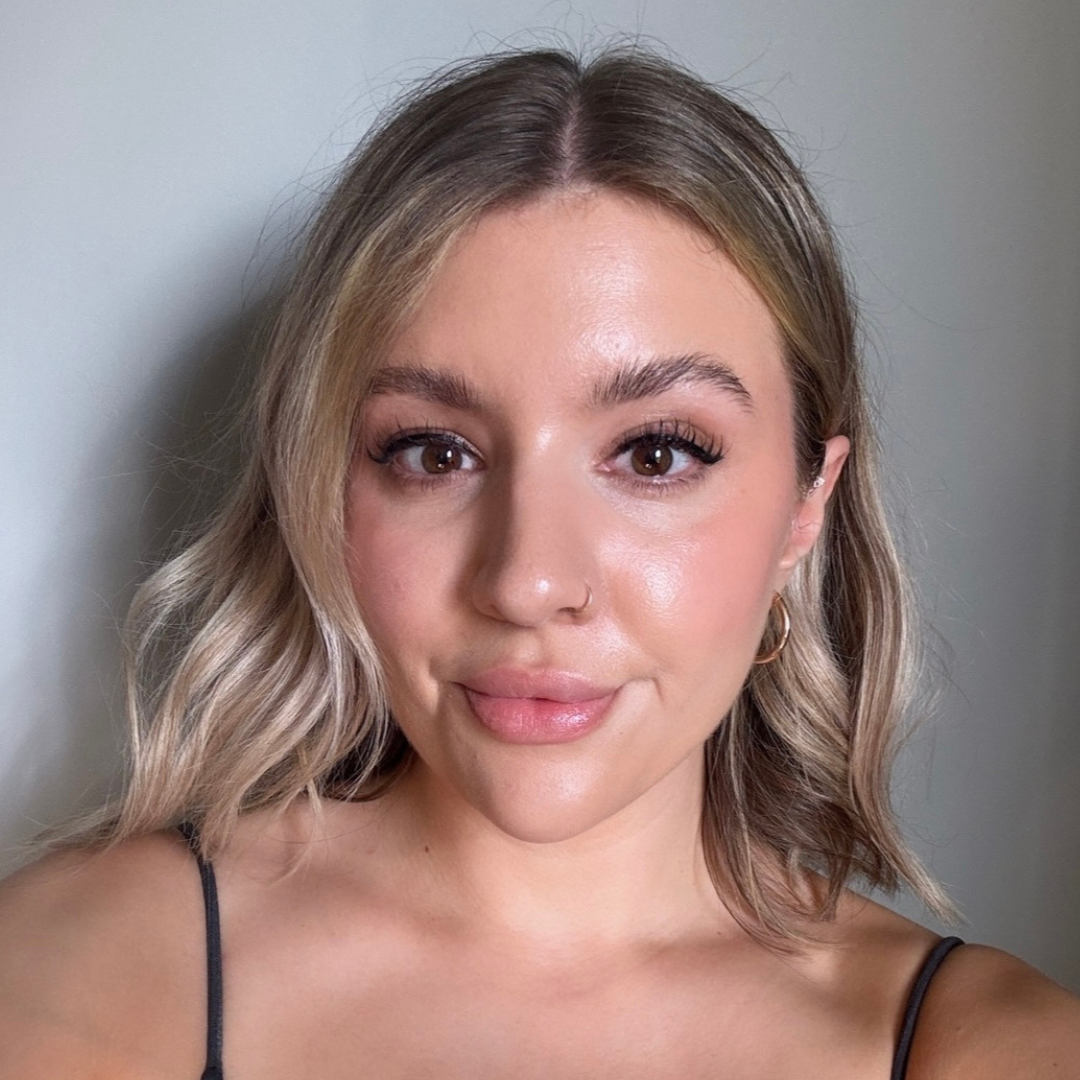
How to find your perfect blonde
If bleach is destroying your hair or you just want to try out something that's a little more blended and/or natural-looking, there are ways to discover the perfect blonde for you. Bear in mind that you may find that "the brighter, the better" is the case for you. Deeper and warmer hues aren't for everyone.
I used TikTok filters to try out varying tones of blonde, and watched videos across social platforms to create a vision board with tons of gorgeous bronde looks for inspo. Taking these to my hairstylist, we worked together on a look we thought would complement my skin tone and also my style, while also allowing my hair to take a break.
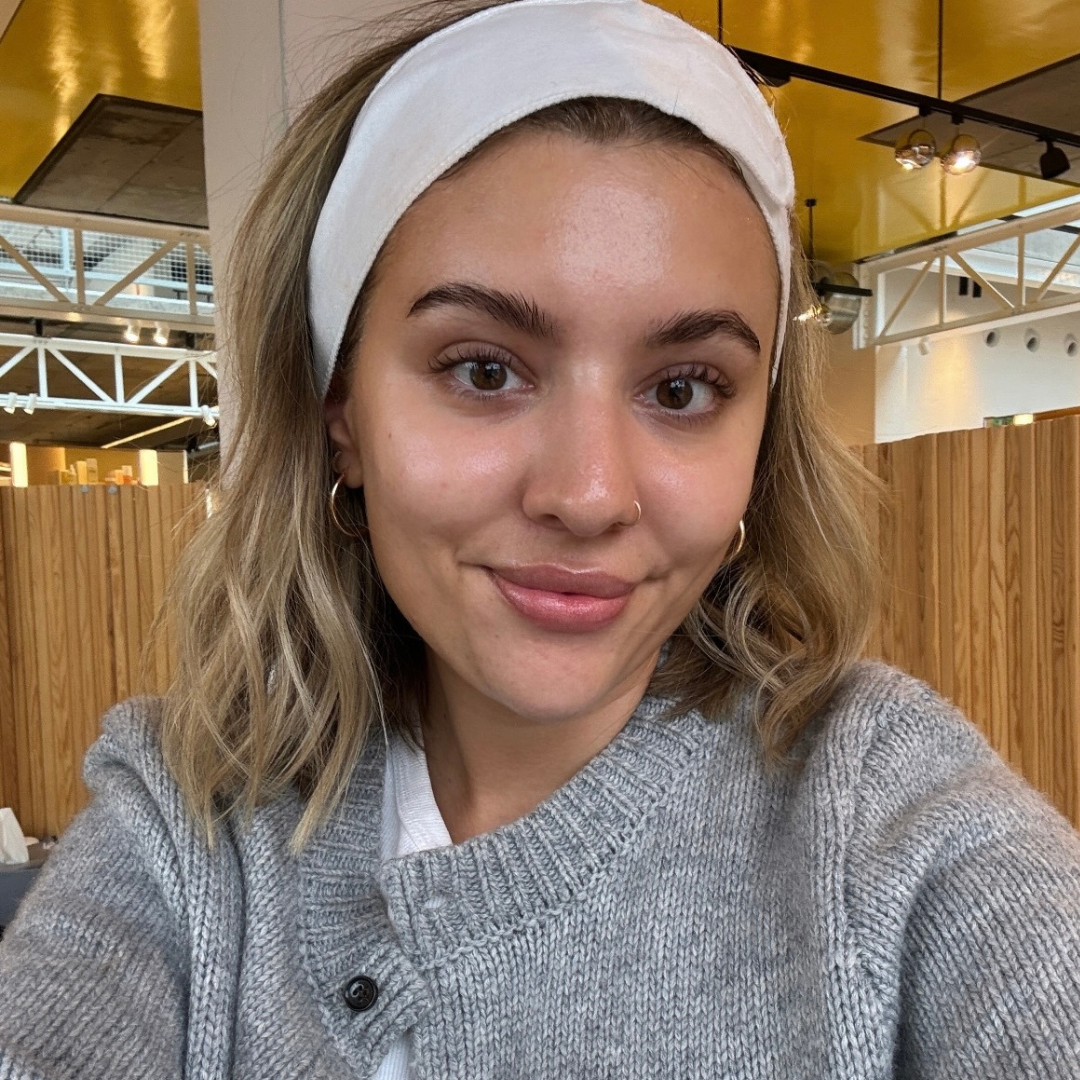
"A professional colourist should be able to advise on the best suited blonde for your natural complexion, working with the cool, warm or neutral tones in your skin, as well as lightness and depth," explains Barron-Hough. "Colour is also linked to personality and personal style, however, so it can be a reflection of your overall appearance too. For example, your colour might not always be 100% perfect for your complexion, but it could be perfect for your personality and vibrancy."
Essentially, using modern tech like AI and social media, alongside working with a trusted colourist, should allow you to find your dream blonde—whatever that may be.
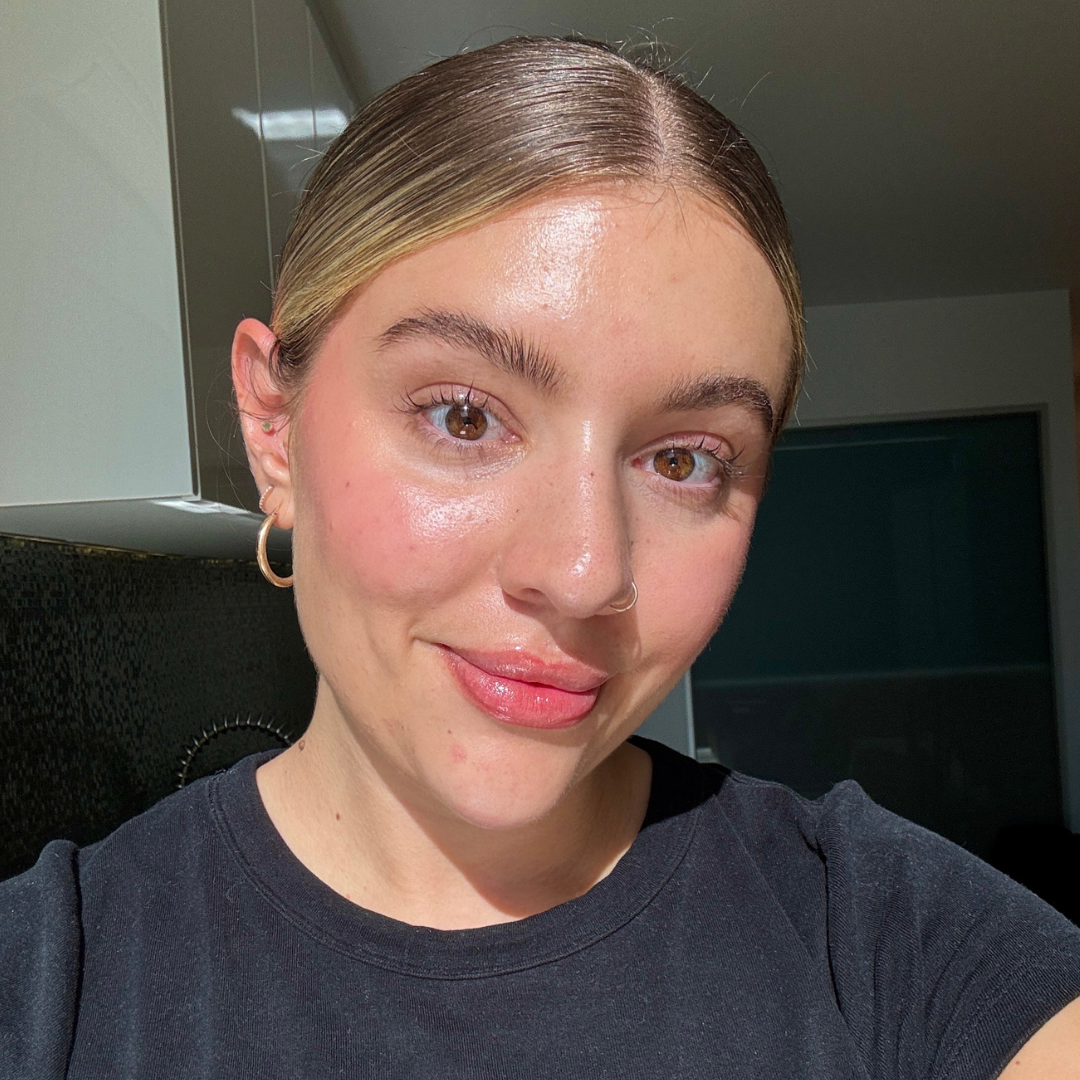
Rebecca is a freelance beauty journalist and contributor to Marie Claire. She has written for titles including Refinery29, The Independent, Grazia, Coveteur, Dazed, Stylist, and Glamour. She is also a brand consultant and has worked with the likes of The Inkey List on campaign messaging and branded copy. She’s obsessed with skincare, nail art and fragrance, and outside of beauty, Rebecca likes to travel, watch true crime docs, pet sausage dogs and drink coffee. Rebecca is also passionate about American politics and mental health awareness.